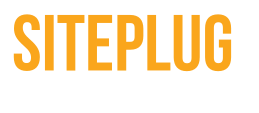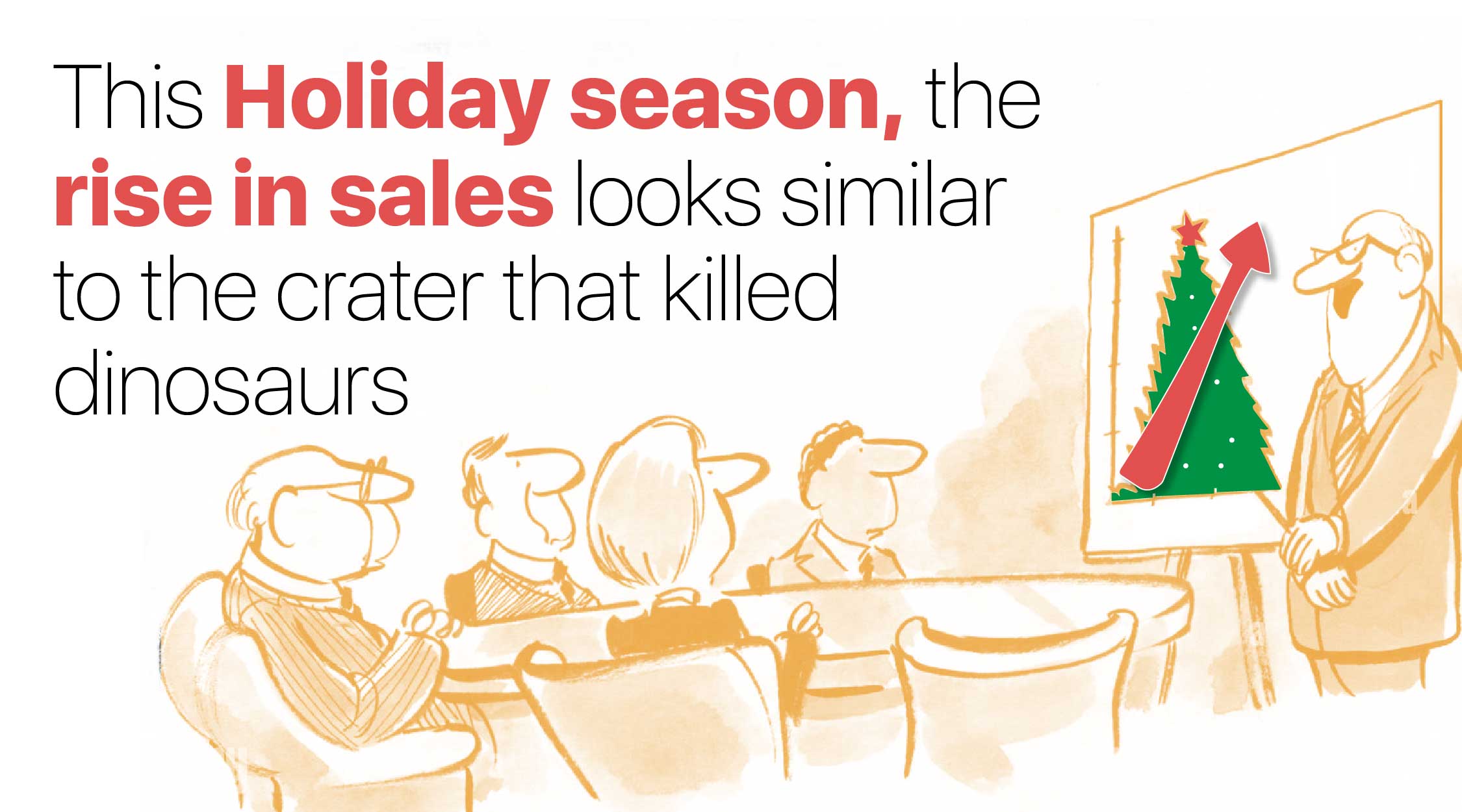While mapping their users’ search journeys, brands can identify potential customers who come to know of their brand from many sources, which may include a billboard advertisement, social media posts, or word of mouth. These users begin their purchase decision journey with the brand at this point.
In order to understand a user’s journey leading to their brand’s page, brands first need to identify the three types of users on their search journeys. These are loyal users, high-intent users, and opportunist users.
While loyal users know what they are looking for, opportunist users scout for better deals and discounts online. High-intent users, however, form the sub-set of a brand’s target audience that may or may not have a positive bias towards the brand. These users are often looking to replace an existing product or service they are familiar with. Thus, they are likely to do less research about a brand and purchase products quickly.
As high-intent users prioritize ease of purchase such as quick delivery or simpler payment methods, brands can easily influence them through quick navigation to their websites with fewer steps. In this regard, customer touchpoints like website reviews, ratings, social media inputs, and word-of-mouth are essential.
It is therefore critical for brands to engage with high-intent users that fit their ideal consumer persona and drive high conversions. Before exploring ways for brands to retain their high-intent users, let’s consider some of the distractions that drive these users away.
How high-intent users get distracted on their search journeys
The search journey of a user is fraught with distractions. This is mainly due to multiple brands and websites offering similar products with similar interfaces. Some of the other common distracting factors are
- Competitor advertisements
Competitors’ ads may appear near a brand’s keywords on search engines, thus redirecting users to competitor sites. High-intent customers usually find these interesting if they offer similar products with better deals. They can decide to change their brand loyalty with such advertisements.
- Parked pages
Typo domain name errors can lead some users astray from their journeys to a brand’s website. Multiple websites and web pages are popping up across the web and social media, bearing similar domain names of brands users are searching for. However, these are parked pages that competitor brands might use for placing advertisements and redirecting customers to their websites.
- Malicious websites
Such websites encourage the users to install software or click on a link for redirection. On clicking these links, users are likely to install malware on their devices. Additionally, if such websites use domain names similar to a brand, customers will lose trust in that brand and may not wish to engage with it further.
- Error pages
If the brand’s website redirects its users to an error page, there cannot be anything more disastrous for the brand. It is therefore advisable for brands to check their websites regularly and avoid such glitches.
Recommendations for Retaining High-intent Users
When there are many such distractions in the form of page errors and typo domains, this can prove to be a costly affair for brands, costing up to a few million dollars, plus recurring charges for maintenance and the human cost of management. However, this can be solved by using
- Domain auto-correction technology
Brands can retain their high-intent users by using domain auto-correction technology. The technology enables brands to redirect their users to the correct website by autocorrection of incorrect domain names. On the other hand, if the DNS finds a similar website with parked pages, it helps the user to find the intended page in spite of the typing error.
- Auto-suggestion tools
Brands can also use an auto-suggestion tool to prompt the brand’s name every time users search keywords relevant to the brand. In this regard, the search engine is likely to analyse the keywords entered and use the suggestions of the domain auto-suggest tools to redirect the customers back to the official brand page. It connects the generic keywords entered by the user with the actual keywords of the brand.
The SitePlug Advantage
SitePlug helps brands and business owners with innovative content placements on their global network of publishers. Through its performance solutions – Site Discover, Site Direct, and Site Suggest, SitePlug offers a more cost-effective alternative for brands to retain their high-intent users and drive high conversions.
Brands can fully leverage SitePlug’s strategic partnerships with over 100,000 publishers for content placements, keypad applications, browsers, and launchers, to aid their high-intent user’s purchase journey every step of the way.
Reference Links
[1] https://siteplug.com/#about
[2] https://www.unboundb2b.com/blog/lead-generation/high-intent-leads-resulting-deal-closure/
[3] https://www.newfangled.com/tips-for-high-intent-buyer-keywords/






